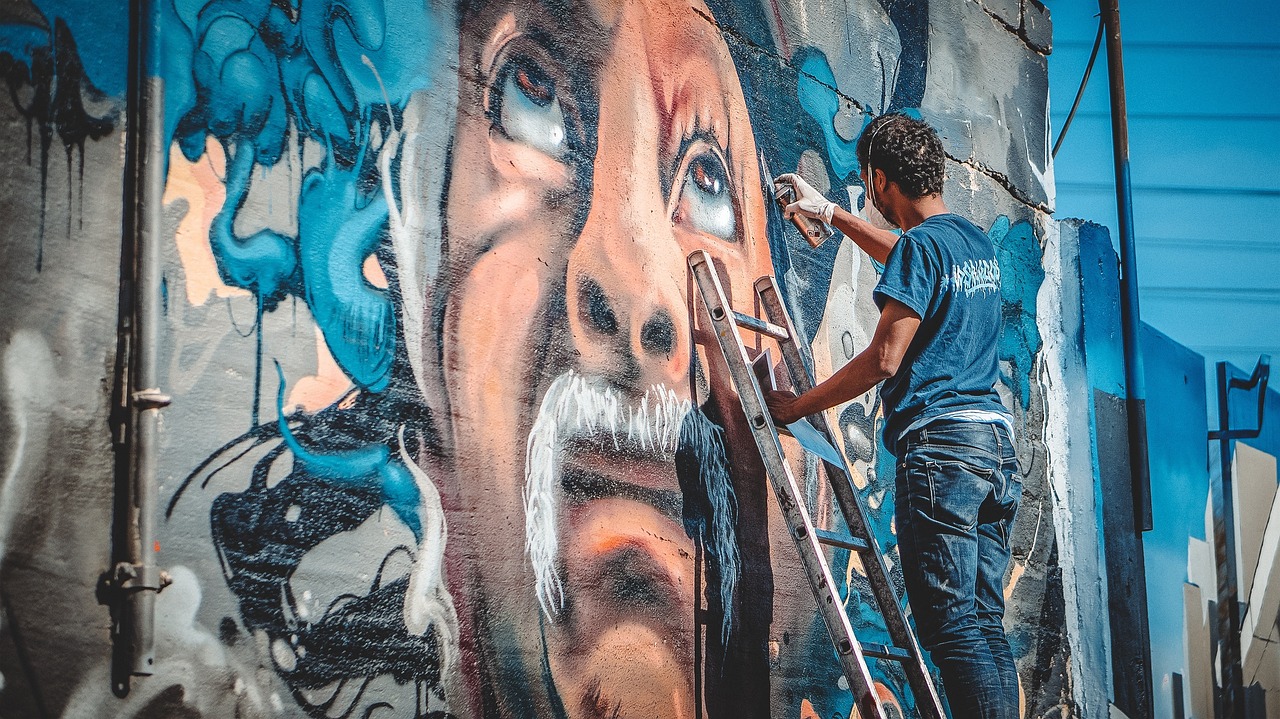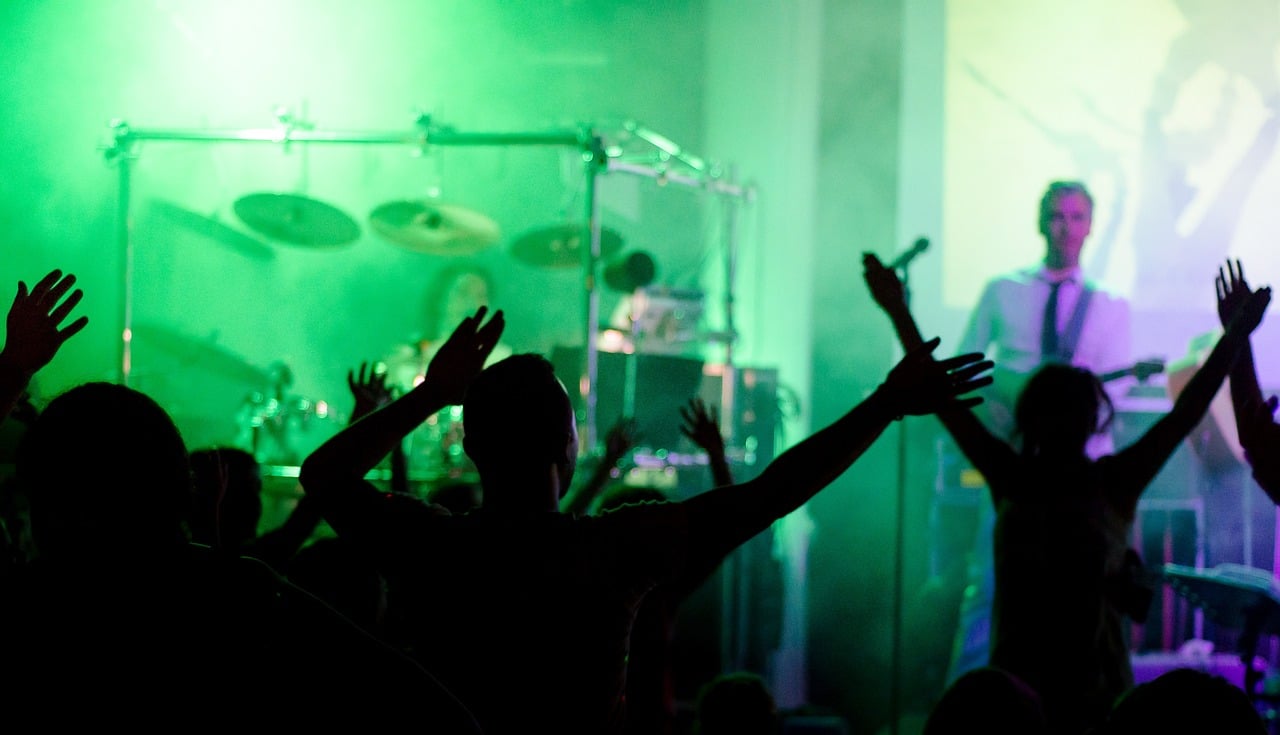
Popular art is created and consumed by the people.
Popular art is a notion that can have different meanings. There are those who consider that popular art is made up of the artistic manifestations that the people create and consume , as opposed to high culture or academic culture .
Art is a concept that comes from the Latin word ars and refers to the creations of man that express his sensitive vision of the world through the use of various sound, linguistic and plastic resources.
In the case of popular , we would have to say that it is also a word that comes, etymologically speaking, from Latin. Specifically, we could highlight that it emanates from the noun popularis , which is made up of two components: the word populus , which can be translated as "people" , and the suffix -ar , which is equivalent to "relative to" . Popular is an adjective that indicates what belongs to or relates to the people . Among its various meanings, the term refers to what comes from the population and what reaches the majority of people.
Folk art concept
A clay pot created by a craftsman to collect water is an example of popular art, while a painting on a canvas displayed in a museum would belong to elitist art. These limits, however, are diffuse.
Popular art, likewise, can be given by artistic creations that are consumed en masse and that are usually susceptible to reproduction on an industrial scale. In this sense, a Latin music singer who sells millions of records can be considered a popular artist.
Pop art or pop art , on the other hand, is an artistic movement that emerged in the 20th century from the use of popular culture images present in the media. Pop artists like Andy Warhol took advertisements or comic books to create works of art.

That manifestation enjoyed by millions of people can be considered popular art.
Origins of the notion
In addition to everything stated above, it is necessary to analyze the emergence of the idea of popular art:
- It has its origins in the Renaissance. And it was then that the artist, who until now had made works for a very specific and minority audience such as the upper classes or kings, decided to undertake works so that they could be enjoyed and acquired by all those who wish to do so.
- However, experts agree that it would be in the 18th century, when the Industrial Revolution took place, that the existence of this popular art became more evident. At that moment there will be an art of general use and another more particular.
- Popular art, making use of a historical expression that has become classic, is an art "of the people and for the people."
- When talking about this type of art, it cannot be said that it corresponds to a specific historical period since it does not have periods.
- As a general rule, when we talk about it, we do not refer to specific people.
- The appearance and development of new technologies have made popular art grow more and more.
